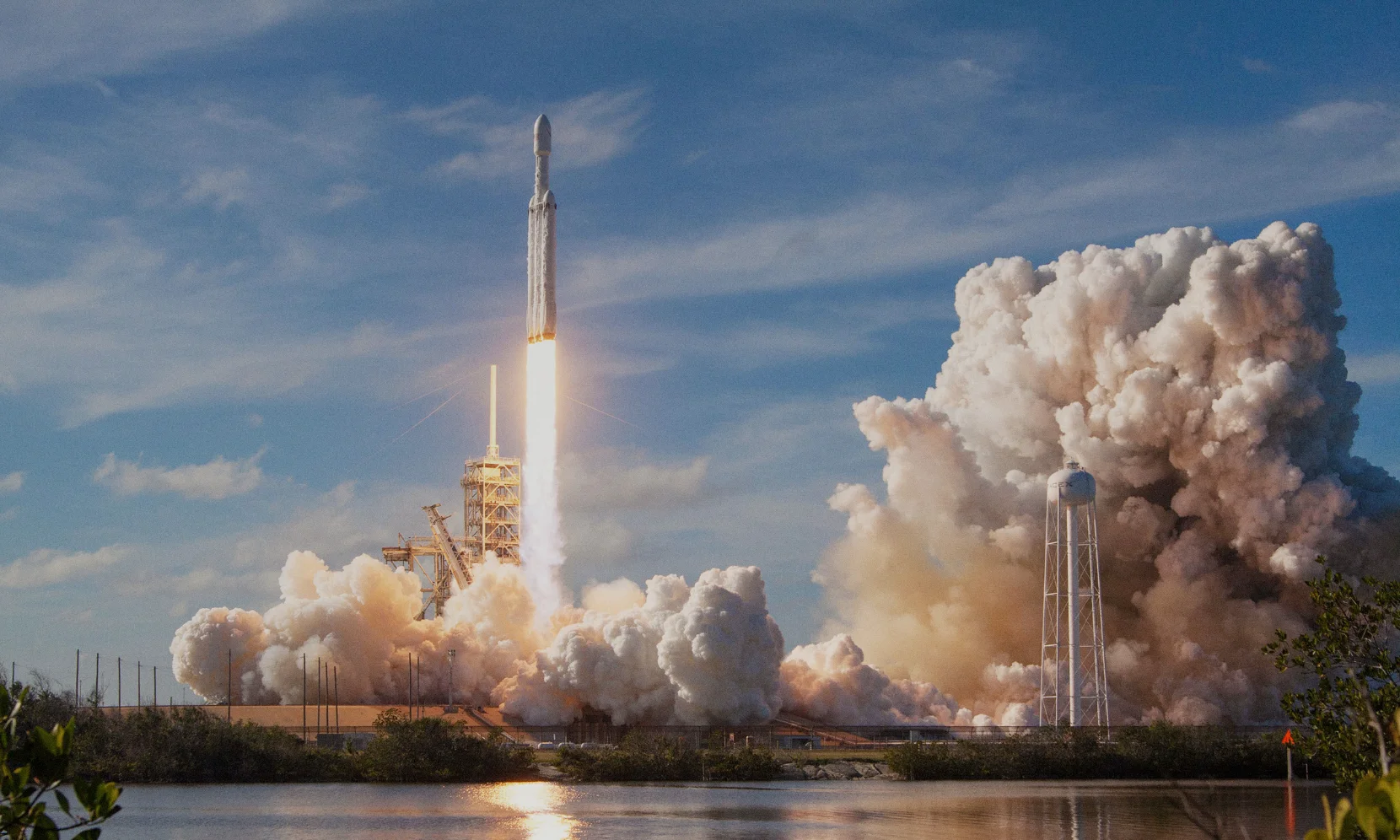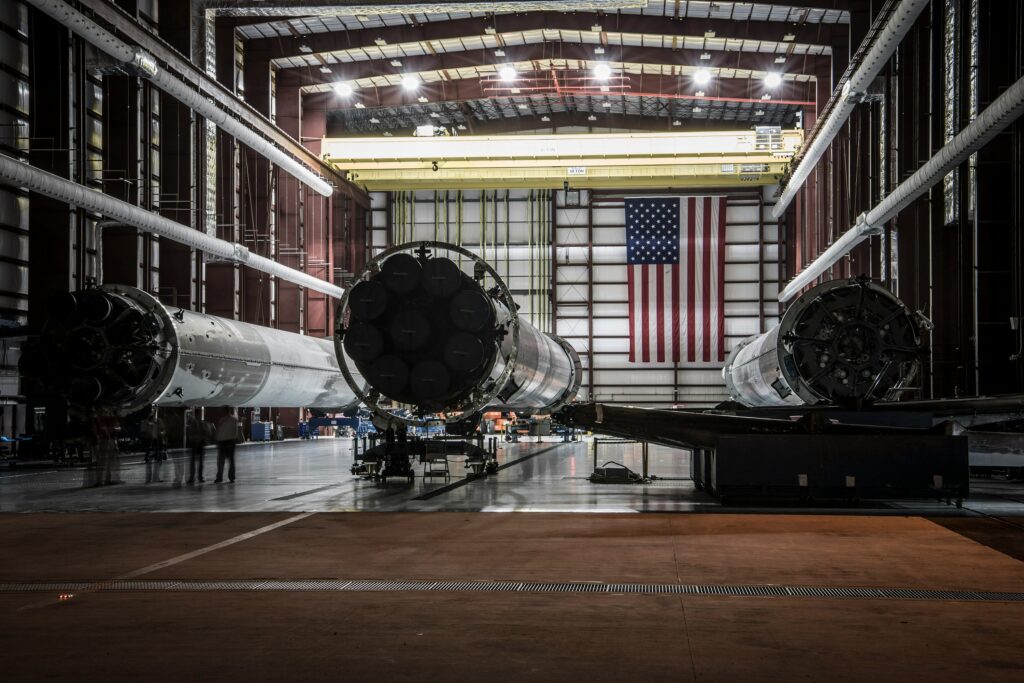Introduction
The United States’ economic and military dominance comes in part from a pipeline of innovation flowing from publicly funded research to private sector companies. The NASA Technology Transfer Program is one of the ways that the federal government provides private organizations with these types of technologies.
The results are positive; there are countless success stories, from memory foam to camera lenses, where the private sector benefited from public-sector research and development. Some of these stories can be found in a publication hosted by NASA dubbed Spinoff.
There are thousands of patents and software open to public use and are readily available for aerospace, defense, and cyber companies in Utah. 47G recently cohosted a webinar with NASA to bring this information directly to the Utah industry. You can watch the YouTube video here or view the presentation slides here.
This article will cover the general layout of the program, and guide readers to useful resources.
Software
One of the major draws of the Technology Transfer Program is the large catalog of software available for free use. These software packages have been used in various missions and research projects done by NASA, many of which can be downloaded following a brief application. The catalog includes sixteen different categories of software ranging from propulsion to environmental science. Though all of the software is free to use, there are export controls on software that require an application. The different export control classifications are as follows:
- General Public Release: For codes with a broad release and no nondisclosure or export control restrictions
- Open Source Release: For collaborative efforts in which programmers improve upon codes originally developed by NASA and share the changes
- U.S. Release Only: For codes available to U.S. persons only
- U.S. and Foreign Release: For codes that are available to U.S. persons and persons outside of the U.S. (who meet certain export control restrictions)
- U.S. Government Purpose Release: For codes that are to be used on behalf of the U.S. government by a federal agency or business/university under a federal contract/grant/agreement.
The application process for software requires users to create an account here, and then request a code. The process is fairly straightforward and is a great resource for aerospace and defense companies to utilize existing software in their operations.
The entire software catalog can be viewed here.
Patents
The next portion of the program allows people to request access to patents owned by NASA to use in their private-sector work. These patents can be exclusive, partially exclusive, or non-exclusive and can be catered to your specific needs. The program has thousands of available patents that have been developed by some of the most intelligent researchers in the country, and tech that has proven itself in some of the most unforgiving environments that we know of. The entire list of available patents can be found here.
Though this portion of the program is not free, the cost of the program through annual fees and royalties is more affordable than the R&D costs associated with creating these technologies and are negotiated on a case-by-case basis. There are three primary ways to license these technologies, each of which has different costs and benefits.
- Standard Commercial Licenses are available to both domestic and international organizations and are flexible to each company’s requirements. These licenses can be exclusive, non-exclusive, or partially exclusive and include an upfront fee, annual fee, and royalties. The application process is split into two phases. The first includes a basic proposal including your company information, all requested technology, what you plan on using the technology for, and your proposed fee and annual royalty. The second phase requires much more in-depth information including the Technology development plan, marketing and sales plan, projected financial statements, including investment requirements, current balance sheet and income statement, Management and staffing plan, and risk assessment and mitigation proposal.
- Evaluation Licenses allow companies to test specific technologies for a period of time (usually a year) to gauge if they would be useful in their operations. These licenses are non-exclusive and cost $2,500 for a one-year license. A business is prohibited from commercializing any technology acquired under an evaluation license and is subject to being revoked if another company acquires an exclusive standard commercial license during use.
- A Startup License allows startups to waive annual fees for up to three years to maintain cash flow while securing patents to maintain competitiveness. This program is only available to companies that want to commercialize technology and cannot be used exclusively for R&D. Following the three-year fee waiver, the company will pay a $3,000 annual fee, and a flat 4.2% royalty on products sold. Though this license is initially non-exclusive, NASA is willing to negotiate that status on a case-by-case basis.
To find more information on the application, visit their website here.
Other Resources
Though the biggest draw of the Technology Transfer Program is its vast catalog of different technologies, NASA also provides a range of other resources to help you utilize their technology in the most efficient way possible. They host an active blog that answers questions and provides additional information on their program, along with articles featuring specific aspects of their program.
NASA also hosts a public engagement program, called the Technology Transfer Expansion, designed to help organizations and startups access NASA technology.. This program helps companies develop strategic relationships with NASA, academia, other entrepreneurs, and local governments. They also host virtual events to help answer questions and promote general awareness of the Technology Transfer Program.
To view these resources, visit their website here.




